Tight Stitch on My Knifty Knitter
Yes you can get a tight stitch even if you use your Knifty Knitter, Boye, Loops and Threads at the beginning , through out your knitting and on the ends.
For this is need to know the different versions of the Knit Stitch. Below is a list and a short video to explain.
The Four Versions of the Knit Stitch
That I know of there are 4 versions of the Knit Stitch. Only one of the four is not a tight stitch but it is the most famous of them all. It is the e-Wrap that we all learn when we start loom knitting. If you learn any of the others you will never have loose stitches again.
My Favorite is the U-wrap
If you have followed me even for a short time. You know that most of my patterns are done in part or completely with the U-wrap version of the knit stitch. I believe it to be the perfect one. Do you ask why?
e-Wrap: is very loose and does not hold its shape well.
True: takes to long to knit in comparison to the others.
Flat: is much too tight. Can make knitting a bit more difficult than the other versions.
U-wrap: the best of all worlds. A tight stitch, done quickly, looks great, holds it;s shape.
To make the stitch just half wrap the peg. Grab the loom on the bottom. Bring it over the top and flip it over or in other words, knit-off. It is that simple. No fuss and rather quick.
One thing to keep in mind is that this stitch will make your fabric smaller than if you use an e-Wrap so if you are following a pattern it’s always best to follow the instructions exactly as they are written unless you’re an experienced knitter. Even then making a swatch is good idea.
To Tighten Loose Loops from the Beginning (cast-on) of Your Project: Click HERE
.
Watch the short video completely. To subscribe to my channel: Click HERE
.

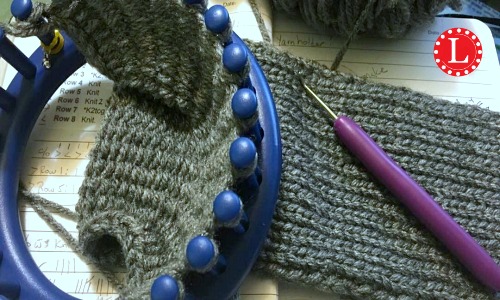
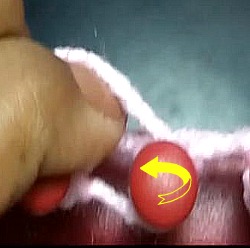
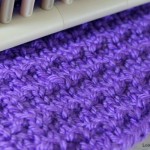








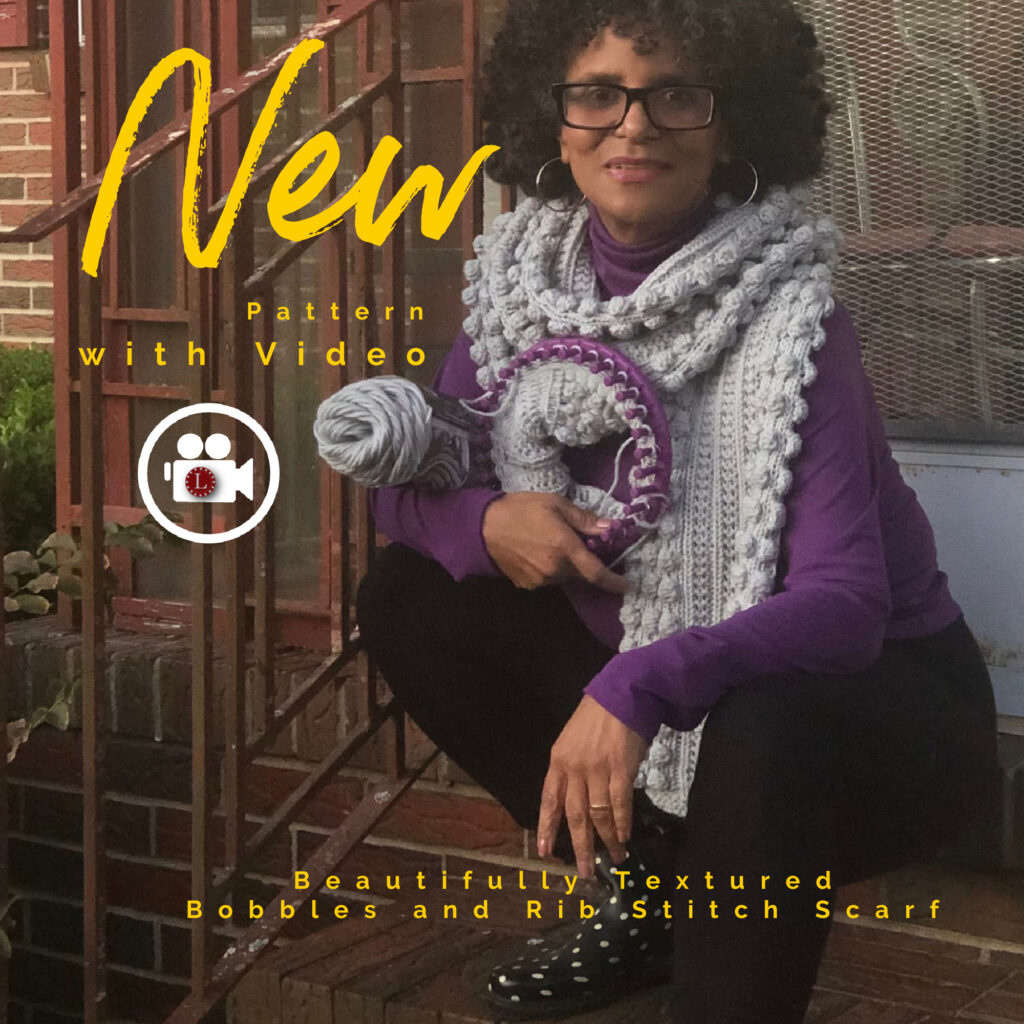


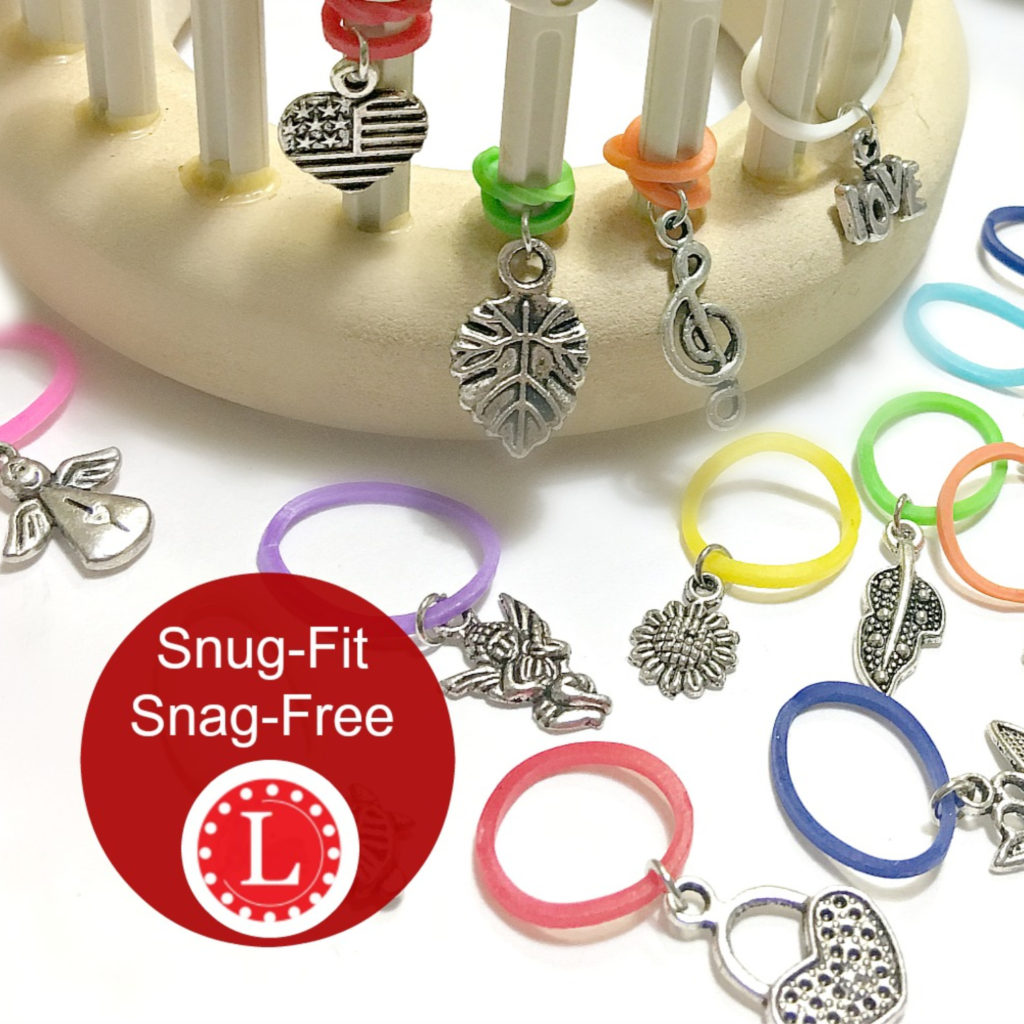
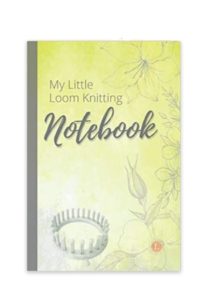
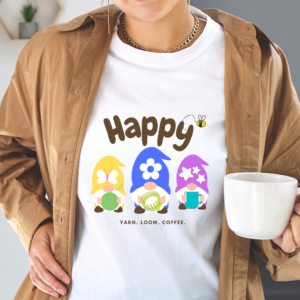

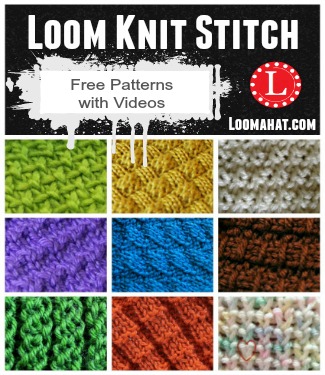


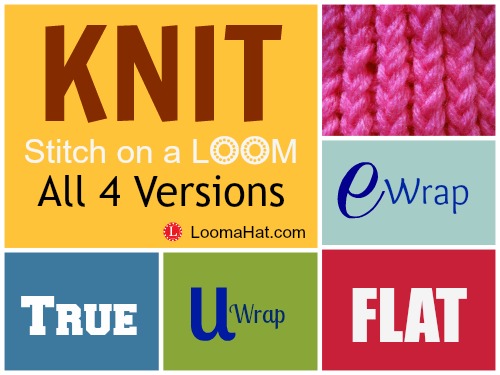
Thank you for this great explanation of the stitches!
I am trying to find a stitch to use as a first row that is not loose/loopy. I want to make a slouchy beany that doesn’t have a folded-up brim. Any suggestions on which stitch to use as a starter row?
Hi David thanks for reaching out to me for your questions – here are 2 posts that should help: Technique: Click HERE – Sample Pattern: Click HERE . Let me know if you still have questions. Consider sharing your finished project on my Facebook
Thank You for the information.